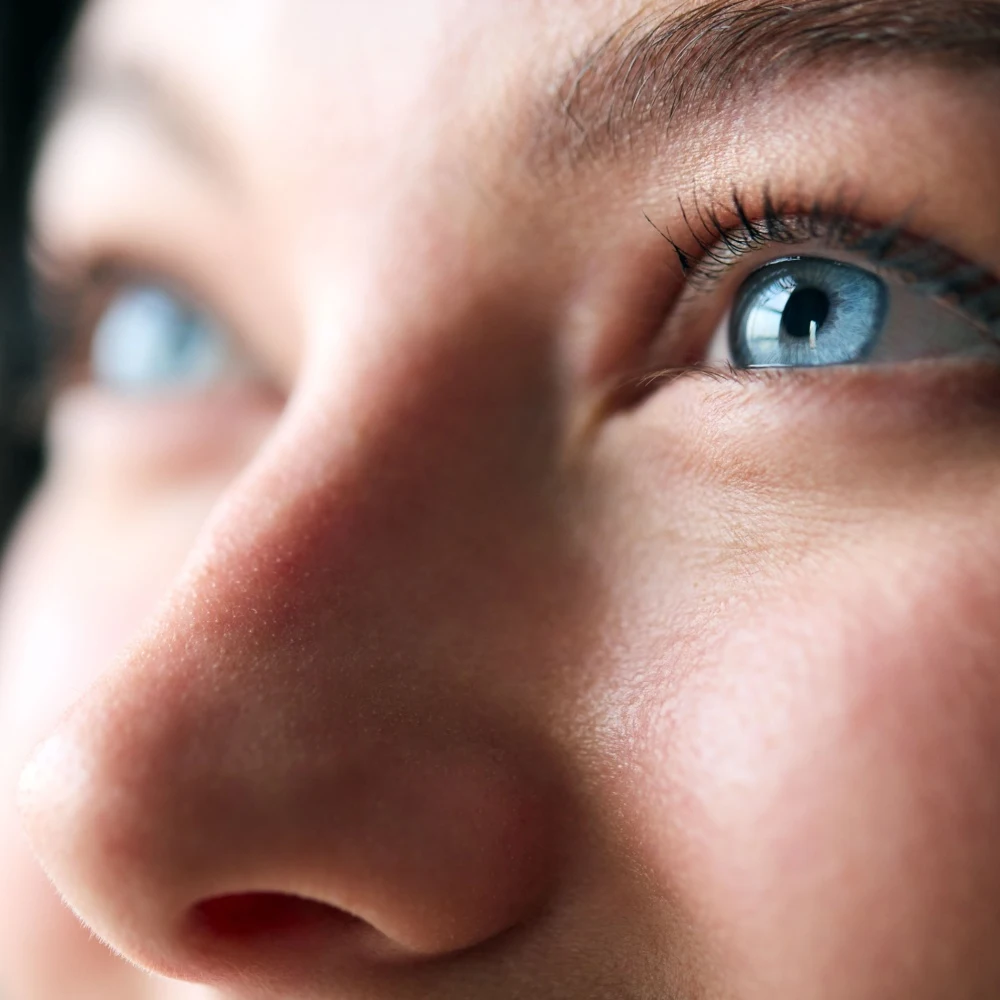Corneal Cross-Linking

A New Level In Patient And Precision Safety
Corneal crosslinking (CXL) was developed in 1998 by Theo Seiler, MD, and has been shown in numerous clinical trials to strengthen the eye’s clear surface (cornea) through the application of riboflavin, a form of vitamin-B2, followed by treatment with ultraviolet A (UV-A) light, virtually slowing or even stopping the progression of keratoconus.

Two Basic Types Of Corneal Crosslinking
- Epithelium off, which means the thin layer covering the eye’s surface is removed, allowing for faster penetration with liquid riboflavin.
- Transepithelial corneal crosslinking (epithelium on) is where the corneal epithelial surface is left intact, which requires a longer riboflavin loading time.
Crosslinking with riboflavin and UV-A light has proven to be a first-line treatment for people with eye conditions such as keratoconus, pellucid marginal degeneration and corneal weakness (ectasia) after LASIK.
Best Candidates For Corneal Crosslinking
- Patients with Corneal Ectactic Disorders (Keratoconus or Pellucid Marginal Degeneration)
- Patients experiencing daily fluctuations in their vision
- Patients considering vision correction procedures such as LASIK might eventually be pre-treated with corneal crosslinking to strengthen the eye’s surface beforehand
What Can You Expect After A Corneal Crosslinking Procedure?
- Improved Visual Acuity
- Improved Ability to Wear Contact Lenses
- Studies have found that 99% of patients will remain stable or achieve improvement in the corneal shape, which is highly significant for people with progressive keratoconus that otherwise might lead to blindness